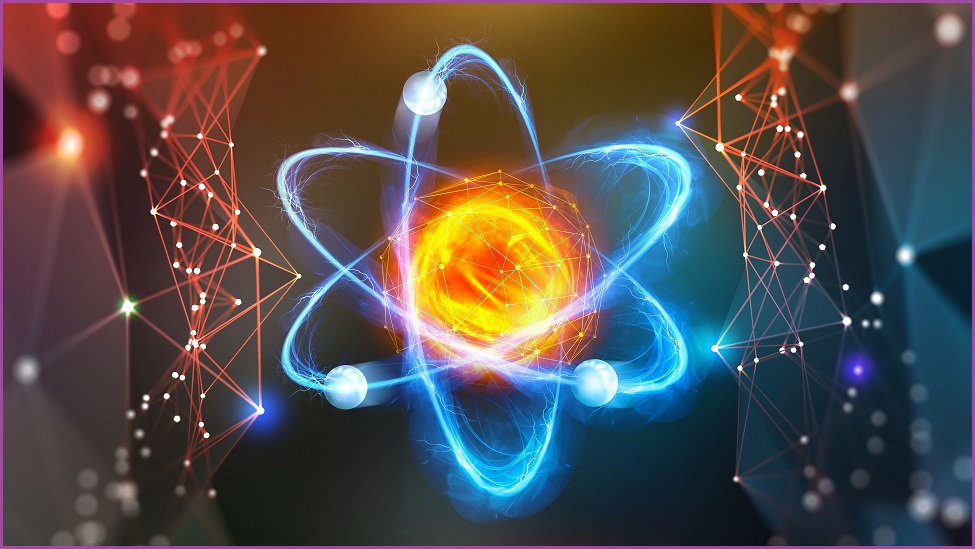Sceptics have dismissed warnings comparing artificial intelligence (AI) to nuclear weapons, but OpenAI founder Sam Altman has created a new nexus between AI and nuclear technologies after announcing plans to take a ‘nuclear microreactor’ company public.
Altman, whose company lit a fire under the AI world after releasing ChatGPT to the public late last year, also serves as chairman of Oklo, a decade-old firm whose primary product is Aurora – a small-scale nuclear reactor capable of producing large amounts of energy in a footprint much smaller than the world’s 440 conventional nuclear power plants.
Oklo expects to earn up to $720 million ($US500 million) from next year’s IPO, which will see the company merge with Altman’s investment venture, AltC Acquisition Corp – which he co-founded in 2021 with Churchill Capital – and use the money to build the company’s first working nuclear power plant.
“The two most important inputs to a great future are abundant intelligence and abundant energy,” Altman said in announcing the planned IPO. “I have long been interested in the potential that nuclear energy offers to provide clean, reliable, and affordable energy at great scale.”
Altman’s interest is more than academic: with the AI tsunami that ChatGPT unleased continuing to pick up steam, companies providing the infrastructure for running and training AI models are finding they need massive amounts of computing power to support the technology.
Tirias Research, for one, has predicted that AI data centre infrastructure will cost more than $109 billion ($US76 billion) to operate annually by 2028 – more than twice the cost of running Amazon’s entire global Amazon Web Services (AWS) cloud infrastructure.
Hence Altman’s interest in the likes of microreactors – shipping container-sized nuclear reactors that are designed to be both portable and economical to run, providing up to 20 megawatts (MW) of energy using a single fuel rod.
Nuclear researchers are also working to develop small modular reactors (SMRs), which range from 20MW to 300MW of power – around a third of the 700MW or more produced by conventional nuclear reactors – at a fraction of the cost.
Putting nuclear back on the table
With data centres already using more than 1.5 per cent of global electricity, supplying even more power to ever-growing numbers of AI data centres will pose major challenges –driving a renaissance of thinking about the role of nuclear power.
Altman’s announcement comes in the wake of public calls by opposition leader Peter Dutton for Australia to reconsider its opposition to nuclear power, which he says has been wrongly marginalised in government policies that favour renewable energy – an option already chosen by the likes of NBN Co and the Sunshine Coast’s new Supernode data centre.
With even renewables limited by production capacity and available land, however, Dutton argues that the innovation to be harnessed under the AUKUS defence partnership – which will span growth areas such as quantum computing, cyber security, and nuclear power – will effectively normalise the use of microreactors.
Nuclear submarines “are essentially floating SMRs,” Dutton noted.
The technology to miniaturise nuclear fission reactors has been in development for years, with China starting to build its first plant in 2021 and recent months seeing seen real steps towards making them a reality, with Westinghouse debuting its AP300 SMR in May and Rolls-Royce funding a spinoff business, Rolls-Royce SMR Ltd, to develop its own SMR.
Oklo, for its part, has secured a site for its first microreactor – which is expected to be online by 2027 – and offers a solution that, Altman said, “is underpinned by demonstrated technology and has a design approach that is expected to reduce plant complexity, costs, and construction time, allowing for streamlined deployment.”
Nuclear reactors emit almost no carbon dioxide, making them more environmentally friendly than coal-fired generation stations.
Yet micro reactors and SMRs are not without their own problems – significantly, their relatively high cost and production of large quantities of nuclear waste that must be safely stored of for millennia.
A recently published analysis found that SMRs are “inferior to conventional reactors” regarding their use of fuel rods, and will actually increase the amount of nuclear waste that must be dealt with by a factor of between 2 and 30 – increasing the cost and potential environmental footprint of the new reactors.










